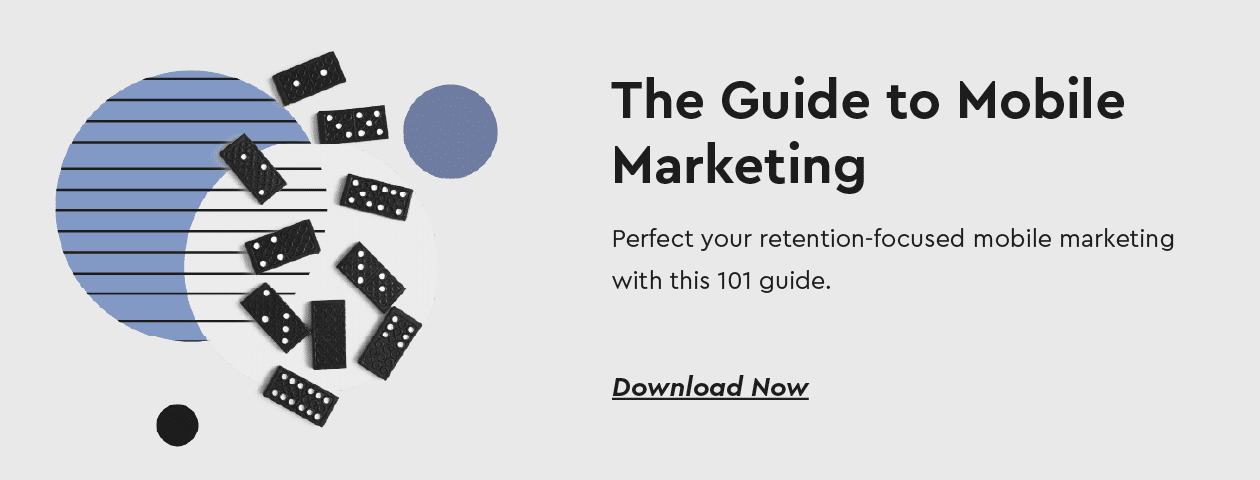What is Multi Touch Attribution?
Multi-Touch Attribution definition: Multi-Touch Attribution is a sophisticated analytical approach in the world of marketing that helps businesses and marketers understand the complex customer journey across various touchpoints and channels. With multi-touch attribution marketing teams can go beyond traditional last-touch attribution models, which credit the final interaction before a conversion, and instead considers all the interactions a customer has with a brand throughout their path to purchase.
A Multi-Touch Attribution model assigns appropriate credit to each touchpoint, allowing businesses to more accurately assess the impact of their marketing efforts, optimize their strategies, and make data-informed decisions. By acknowledging the contributions of various channels and touchpoints in the customer journey, a Multi-Touch Attribution model provides a holistic view of the customer’s experience, offering invaluable insights for enhancing marketing effectiveness and driving better results.
Download Now: All you need to know about mobile marketing
How does Multi-Touch Attribution work?
Multi-Touch Attribution tools work by analyzing and assigning value to each touchpoint a customer interacts with during their journey towards a conversion. Unlike single-touch attribution models, a multi touch attribution model takes into account multiple interactions, providing a more comprehensive understanding of the customer’s path to purchase.
So how does Multi-Touch Attribution work? We’ve collected some Multi-Touch Attribution examples:
- Data Collection: Multi-Touch Attribution tools collects data from various sources, such as website analytics, ad tracking, CRM systems, and more, to gather information on customer touchpoints and interactions.
- Attribution Model: Various attribution models can be used within a multi touch attribution model, such as linear, time-decay, position-based (U-shaped), or data-driven models. These models determine how credit is distributed among touchpoints.
- Data Analysis: Multi-Touch Attribution tools process the data and apply the chosen attribution model to calculate the value of each touchpoint in the customer journey.
- Credit Assignment: Multi-touch attribution tools assign appropriate credit to each touchpoint based on its influence on the customer’s conversion decision. For instance, a touchpoint closer to conversion might receive more credit.
- Insights and Optimization: The insights gained from a Multi-Touch Attribution model help marketers understand which touchpoints are most effective in driving conversions. This information can be used to optimize marketing strategies, allocate budgets more effectively, and improve the customer experience.
As these Multi-Touch Attribution examples show Multi-Touch Attribution tools streamline the process by automating data collection, analysis, and reporting. These Multi-Touch Attribution tools allow businesses to gain a more nuanced understanding of their customers’ journey and make data-driven decisions to enhance their marketing efforts.

Multi-Touch Attribution vs marketing mix modelling
Multi-Touch Attribution vs Marketing Mix Modelling is a standoff between two potent tools for gauging the effectiveness of marketing strategies, each with distinct approaches. Multi-Touch Attribution model, a data-driven method, concentrates on the digital landscape, scrutinizing real-time customer touchpoints to ascertain their impact on conversions.
On the other hand, MMM offers a broader, more traditional perspective, encompassing both online and offline channels and considering a variety of factors, providing a holistic overview of marketing strategies.
While Multi-Touch Attribution model provides granular insights into individual customer journeys and supports real-time optimization, MMM takes a longer-term view. For example, in the assessment of an online ad campaign’s effectiveness, Multi-Touch Attribution model, would credit each touchpoint, while MMM would evaluate the overall impact, factoring in seasonality, economic conditions, and offline marketing. The choice between Multi-Touch Attribution model, and MMM hinges on specific business goals and analytical context.
The Guide to Mobile Marketing
Perfect your retention-focused mobile marketing with this 101 guide.
How is machine learning used in Multi Touch Attribution?
Multi-Touch Attribution machine learning plays a pivotal role in Multi-Touch Attribution by helping to navigate the complexities of customer journeys. Multi-Touch Attribution tools leverage machine learning algorithms to analyze large datasets and identify patterns and trends in customer interactions with marketing touchpoints.
Multi Touch Attribution machine learning algorithms consider various factors like timing, sequence, and the impact of each touchpoint, allowing for more accurate attribution of credit to individual channels. Machine learning models adapt and self-improve over time, enabling Multi Touch Attribution machine learning to keep pace with evolving customer behaviors and marketing strategies.
This dynamic approach to attribution helps businesses make data-driven decisions, optimize their marketing budgets, and ultimately deliver more personalized and effective customer experiences across different channels, fostering enhanced engagement and conversion rates.
Frequently Asked Questions
What is the importance of multi-touch attribution model?
To understand what is multi-touch attribution and benefits of multi-touch attribution we must look at its ability to provide a more accurate and nuanced understanding of the customer journey, especially in today’s complex, multichannel marketing landscape. By considering all the touchpoints a customer interacts with before a conversion, multi-touch attribution model allows businesses to identify the key drivers and influences on their marketing efforts, leading to more effective strategies and optimized resource allocation.
Multi-touch attribution model also enables businesses to personalize customer experiences and engagement by recognizing the various paths to conversion. With multi-touch attribution, companies can make informed, data-driven decisions, improving their marketing ROI and overall success.
What are the disadvantages of Multi-Touch attribution model?
One of the main challenges of the multi-touch attribution model is the complexity of implementation and interpretation, as it requires sophisticated data analytics and a clear understanding of customer touchpoints. There can also be a risk of overcomplicating the process, leading to information overload and potential analysis paralysis.
Additionally, a multi-touch attribution model may not work well for all businesses, as their effectiveness depends on the nature of the products or services offered, the industry, and the available data.
Finally, the data required for accurate multi-touch attribution tools can be challenging to collect and integrate, making it resource-intensive. Therefore, while it offers valuable insights, a multi-touch attribution model may not be suitable for every business and may require careful planning and resources to implement effectively.

What are the benefits of multi-touch attribution?
The are several key benefits of multi-touch attribution for businesses.
- Greater Accuracy: With multi-touch attribution marketing teams can be more comprehensive and accurate in understanding the customer journey by acknowledging the various touchpoints and interactions that lead to conversions, enabling marketers to make data-informed decisions.
- Improved Allocation of Resources: More of the benefits of multi-touch attribution lie in optimizing marketing strategies by revealing the effectiveness of different channels and touchpoints, resulting in improved allocation of resources.
- Increase ROI: Additionally, with multi-touch attribution marketing teams can facilitate the identification of underperforming or overperforming channels, ensuring better ROI.
- Better Customer Experience: Furthermore, Multi-Touch Attribution tools offer valuable insights into customer behavior, allowing for highly personalized marketing campaigns and enhanced customer experiences.
Overall, multi touch attribution empowers businesses to fine-tune their marketing efforts, improve customer engagement, and drive better results.
Learn How Optimove’s multi touch attribution solution Can Help You Grow Your Business.
Get a personalized tour of Optimove
Let us show you how to go from tens to hundreds of segments

